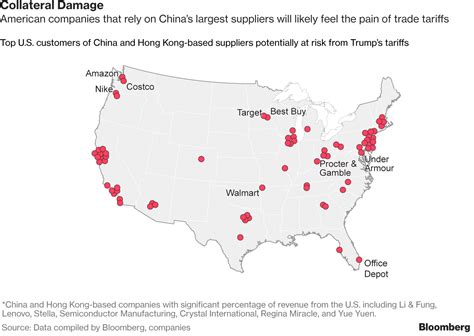In a world where renewable energy is becoming increasingly crucial, the United States has seen a surge in the adoption of giant batteries to harness wind and solar power efficiently. These batteries play a pivotal role in enhancing grid reliability and storing excess energy for future use. However, recent developments surrounding President Trump’s tariffs have cast a shadow over this booming industry.
Challenges Ahead
The sweeping tariffs unveiled by President Trump are poised to disrupt the flourishing battery sector significantly. Companies across the nation that have been investing in large-scale battery installations may now face hurdles in expanding their renewable energy capacity.
The Rise of Grid Batteries
Over the past five years, grid batteries have emerged as one of the fastest-growing segments within the U.S. energy landscape. States like Texas and Arizona have witnessed a proliferation of massive lithium-ion battery arrays, capable of storing surplus solar and wind energy for later use.
California stands out as a beacon of innovation, utilizing batteries to store solar power effectively and reduce reliance on natural gas during peak hours. This shift towards sustainable energy solutions has not only bolstered environmental conservation efforts but also enhanced grid stability.
Impact of Tariffs
Despite the industry’s growth trajectory, a significant portion of America’s lithium-ion batteries is imported from overseas, with China being a leading supplier. The latest tariffs imposed by President Trump, coupled with previous trade actions, are set to levy substantial taxes on Chinese grid batteries – an increase that could potentially stifle further deployment within the U.S.
Jason Burwen from GridStor expressed concerns over this development, highlighting its adverse implications for both businesses and grid operations. With tariffs expected to reach alarming levels in the coming year, stakeholders fear a slowdown in energy storage projects nationwide.
Industry Projections
Prior to these tariff announcements, energy companies were gearing up to install record-breaking capacities of grid batteries this year alone. The anticipated 18,200 megawatts would have enabled utilities to store vast amounts of electricity akin to output from numerous nuclear reactors temporarily.
Moreover, it was projected that batteries alongside wind and solar energy sources would collectively contribute nearly 93 percent of new capacity additions to the national grid – underscoring their growing significance in reshaping America’s energy landscape.
Rapid Expansion Despite Challenges
Amidst tariff uncertainties looms an undeniable fact – utility-scale battery storage surged by an impressive 66 percent in 2024 compared to previous years. This robust growth underscores not just market demand but also technological advancements driving efficiency gains within the sector.
While external factors like tariffs pose challenges along the way, experts remain optimistic about continued expansion and innovation within the battery industry despite prevailing uncertainties on trade fronts.
As debates around tariffs continue to unfold against evolving global dynamics shaping renewable sectors worldwide, one thing remains clear – how nations navigate such economic landscapes will invariably influence their journey towards sustainable energy futures.

